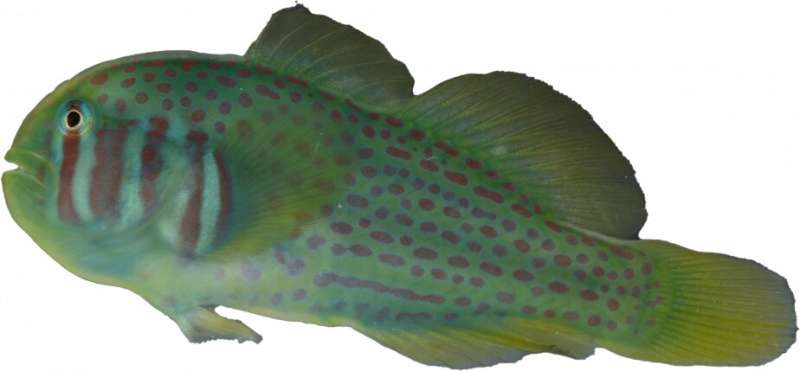This article has been reviewed according to Science X's editorial process and policies. Editors have highlighted the following attributes while ensuring the content's credibility:
fact-checked
peer-reviewed publication
trusted source
proofread
Coral bleaching has changed the type of fish found on the Great Barrier Reef, finds study

A James Cook University study covering more than a quarter of a century has found coral bleaching has changed the type of fish found on the Great Barrier Reef—though total fish growth remains stable.
JCU Ph.D. student Helen Yan led an innovative study measuring fish biomass production (the weight of new fish flesh accumulated each day) on the GBR over 26 years.
She said it's important to know what is happening on reefs as the environment changes.
"Under current trajectories, it's unlikely the coral reefs of the future will resemble those of the past. As multiple stressors, such as climate change and coastal development, continue to impact coral reefs, understanding the changes is important," said Ms. Yan.
Co-author Professor David Bellwood has been counting the number and types of fishes on Orpheus Island on the GBR, annually, for most years between 1993 and 2021.
"Following the first mass coral bleaching event in 1998, fish communities remained remarkably constant through time, despite the occurrence of multiple stressors, including extreme sedimentation, cyclones and mass coral bleaching events," he said.
"Species richness (the number of different types of fish) declined following the 1998 bleaching event, but later rebounded and have remained relatively stable," said Ms. Yan.
But she said there has been a considerable reshuffling of fish types in regard to their respective numbers following the first mass coral bleaching event in 1998.
"Remarkably, the key function of fish biomass production was maintained by this altered system, despite major ongoing stressors.
"It appears the loss of corals and coral-associated fishes creates new niches that can be quickly colonized by fishes that prefer degraded reefs and are less dependent on corals," said Ms. Yan.
She said brightly colored fish, which are associated with high coral cover, declined drastically immediately after the 1998 bleaching event and that fish shifted towards communities that are characteristic of degraded reef habitats.
"The work is important because millions of people globally are reliant on the productivity of coral reef fishes for food and financial security, and while these highly dynamic and increasingly degraded systems can still support some critical functions, it's unclear whether these patterns will remain stable over future decades."
The research is published in Functional Ecology.
More information: Helen F. Yan et al, Multi‐decadal stability of fish productivity despite increasing coral reef degradation, Functional Ecology (2023). DOI: 10.1111/1365-2435.14319
Journal information: Functional Ecology
Provided by James Cook University



















